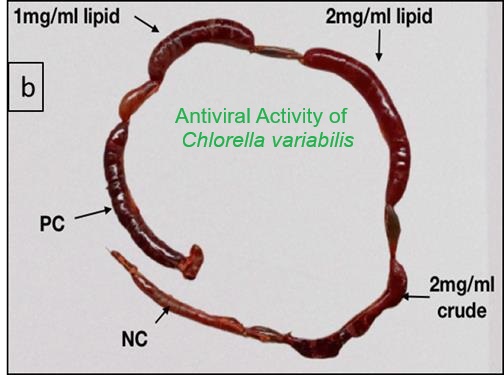Sustained Release of Linalool from DLP 3D-Printed Films for Topical Antimicrobial Applications
DOI:
https://doi.org/10.24377/jnpd.article3355Keywords:
3D printing; Hydrogel, Skincare; Linalool; Personalised , DLPAbstract
Background
Linalool is a naturally occurring antimicrobial agent with potential applications in dermatological treatments. Achieving sustained and controlled release of such volatile compounds remains a challenge in topical delivery systems. Digital Light Processing (DLP) 3D printing offers precise control over formulation parameters, enabling the fabrication of customised polymeric films with tailored release properties.
Aims
This study aimed to investigate the sustained-release characteristics of linalool from DLP-printed polymeric films, examining the influence of formulation and printing parameters on release kinetics and therapeutic performance.
Method
Photocurable resins were loaded with linalool at varying concentrations and processed into films using DLP 3D printing under different conditions, including variations in resin type and projector power. Linalool release was quantified using High-Performance Liquid Chromatography (HPLC). Structural and thermal properties were characterised via Fourier Transform Infrared Spectroscopy (FTIR) and Differential Scanning Calorimetry (DSC). Antifungal activity was assessed to determine therapeutic applicability.
Results
Resin composition and linalool concentration significantly influenced release kinetics, with higher loading levels resulting in increased release rates. Projector power variation did not produce notable changes in the release behaviour. Films containing 20% w/w linalool exhibited strong activity against Staphylococcus aureus demonstrating both efficacy and sustained-release properties.
Conclusion
DLP 3D printing enables the fabrication of customised polymeric films capable of sustained linalool release, with performance through formulation adjustments. These findings suggest a promising approach for the development of topical antimicrobial delivery systems, particularly for dermatological conditions such as acne.
Downloads
Published
Issue
Section
License
Copyright (c) 2025 Touraj Ehtezazi, Satyajit Sarker, Taketo Yagi

This work is licensed under a Creative Commons Attribution 4.0 International License.
This journal provides immediate open access to its content with no submission or publications fees. Authors retain copyright and grant the journal right of first publication with the work simultaneously licensed under a LicenceCreative Commons Attribution License that allows others to read, download, copy, distribute, print, search, or link to the full text of works in this journal. It also allows others to remix, adapt and build upon the work, as long as credit is given to the author(s).


